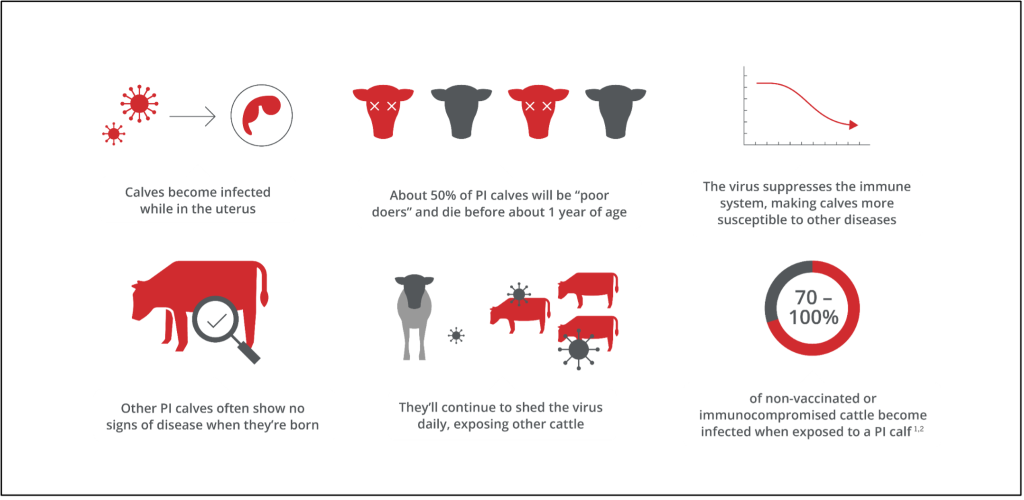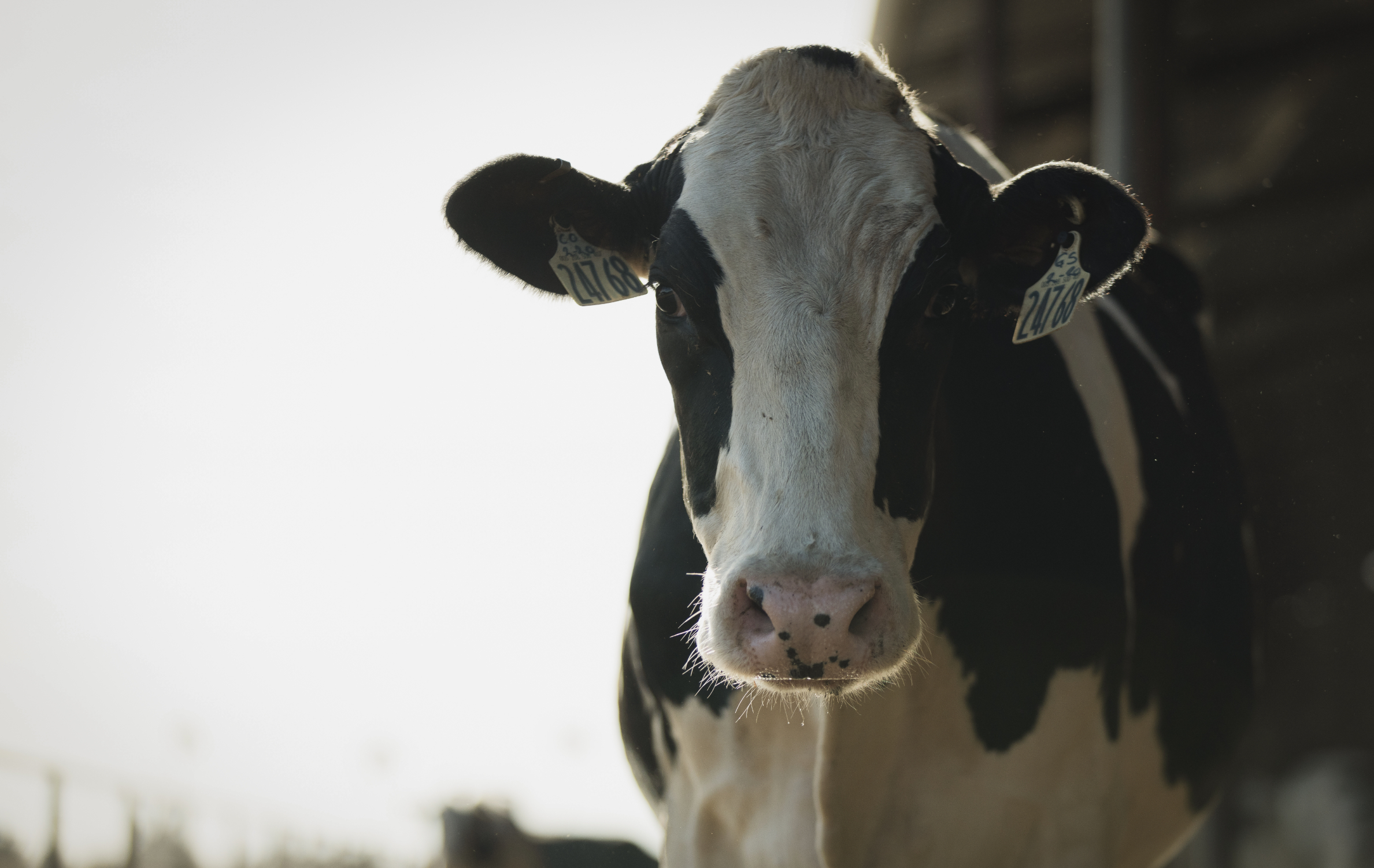A sound vaccination program can protect your herd’s reproductive health from diseases like BVDV, IBR and lepto
“Reproduction is incredibly important because we rely on getting a calf every 12 to 13 months from our dairy cows,” said Mark van der List, DVM, Boehringer Ingelheim. “We not only want our cows to conceive well, but also to carry that pregnancy full term. By having a solid vaccination protocol, we help ensure good fertility, no abortions and the birth of a healthy calf.”
Infectious bovine rhinotracheitis, bovine viral diarrhea virus and Leptospira hardjo-bovis are all diseases known to negatively affect the success of cattle reproduction. As three of the most common reproductive diseases found on dairy operations, it is important to know what you are up against as you work with your veterinarian to determine a vaccine protocol:
- IBR is a virus that has negative implications for both respiratory and reproductive systems. Although the respiratory symptoms are often non-lethal, IBR is known for causing abortions. Within infected cows, the virus is carried through the bloodstream to the placenta, inducing placentitis, which ultimately kills the fetus within 24 hours. Most commonly, abortion of the dead fetus does not happen right away, and will often occur with no other sign of IBR.
- BVDV is a significant pathogen found in cattle around the globe. It is often associated with respiratory challenges, but also has a negative effect on reproductive performance. Suppressed immunity, early embryonic death, abortion, deformed calves and most importantly birth of persistently infected calves can all result from BVDV.
- Lepto is a bacterial disease known for causing reproductive failure. There are several different types of lepto, with infections causing signs ranging from late-term abortions, stillbirths, the birth of premature and weak calves, to lactating cows experiencing “milk drop syndrome.” Milk drop syndrome causes a cow’s milk to take on the consistency of colostrum, including a yellow tint, thick clots and high somatic cell count, all coinciding with a sudden drop in milk production.
Not all vaccines are built the same
Along with having good husbandry practices and strong disease prevention protocols like biosecurity, low-stress handling, good nutrition and the quarantine of new herd members, vaccination is the best way to build a herd’s immunity against these reproductive diseases.

Modified-live virus (MLV) vaccines are an effective, safe way to protect cattle before breeding and during pregnancy. Van der List reminds us that even though MLV vaccines will provide the strongest immunity, they should always be used according to the label and proper administration guidelines.
“In the past, there has been concern around MLV vaccines having negative effects on reproductive success,” stated van der List. “If naïve cows receive an MLV vaccine too close to breeding or during pregnancy, there is risk of reduced fertility. But, by following the general recommendation of vaccinating cows and heifers a month before breeding, an MLV vaccine should not interfere with conception. After this initial exposure, it is safe to then boost your cows with an MLV vaccine during their pregnancy.”
To ensure broad protection, look for an MLV vaccine that will protect against IBR, BVDV and lepto. If boosting with an MLV vaccine does not fit within your herd protocol, van der List recommends vaccinating with an MLV prior to breeding, and then using a killed vaccine to boost as needed. A killed vaccine is also a great choice when vaccinating a pregnant animal with an unknown vaccination history, rather than taking the risk of vaccinating naïve cows with MLV vaccines. Lastly, consider vaccinating your cows during their dry period. Boosting during this time promotes good immunoglobin levels in colostrum.
Your future herd needs protection, too
By implementing a strong vaccination program, you are not only protecting your current breeding herd from reproductive diseases like BVDV, IBR and lepto, you are protecting your future herd as well. BVDV in particular should be monitored with extra care, due to the risk of persistently infected calves.
PI calves are infected with BVDV in utero, and are guaranteed to shed the virus for the rest of their lives. Some PI calves are born completely normal and are not easily spotted as a threat, making them a Trojan horse among healthy animals.
Van der List shares the best way to protect unborn calves and your herd from a BVDV breakout is to ensure your cows are up to date on their pre-breeding vaccinations. Taking the time to properly quarantine purchased animals and testing for BVDV to identify persistently infected animals will keep outside BVDV from infecting your herd. With the help of your veterinarian, a simple testing protocol can be implemented to catch any PI animals that slip through the cracks.
“Talking to your herd veterinarian is the first step in developing successful vaccine programs,” explained van der List. ”A pregnancy is an incredible investment in the sustainability of your herd, and vaccines are such an inexpensive tool to protect that investment.”




